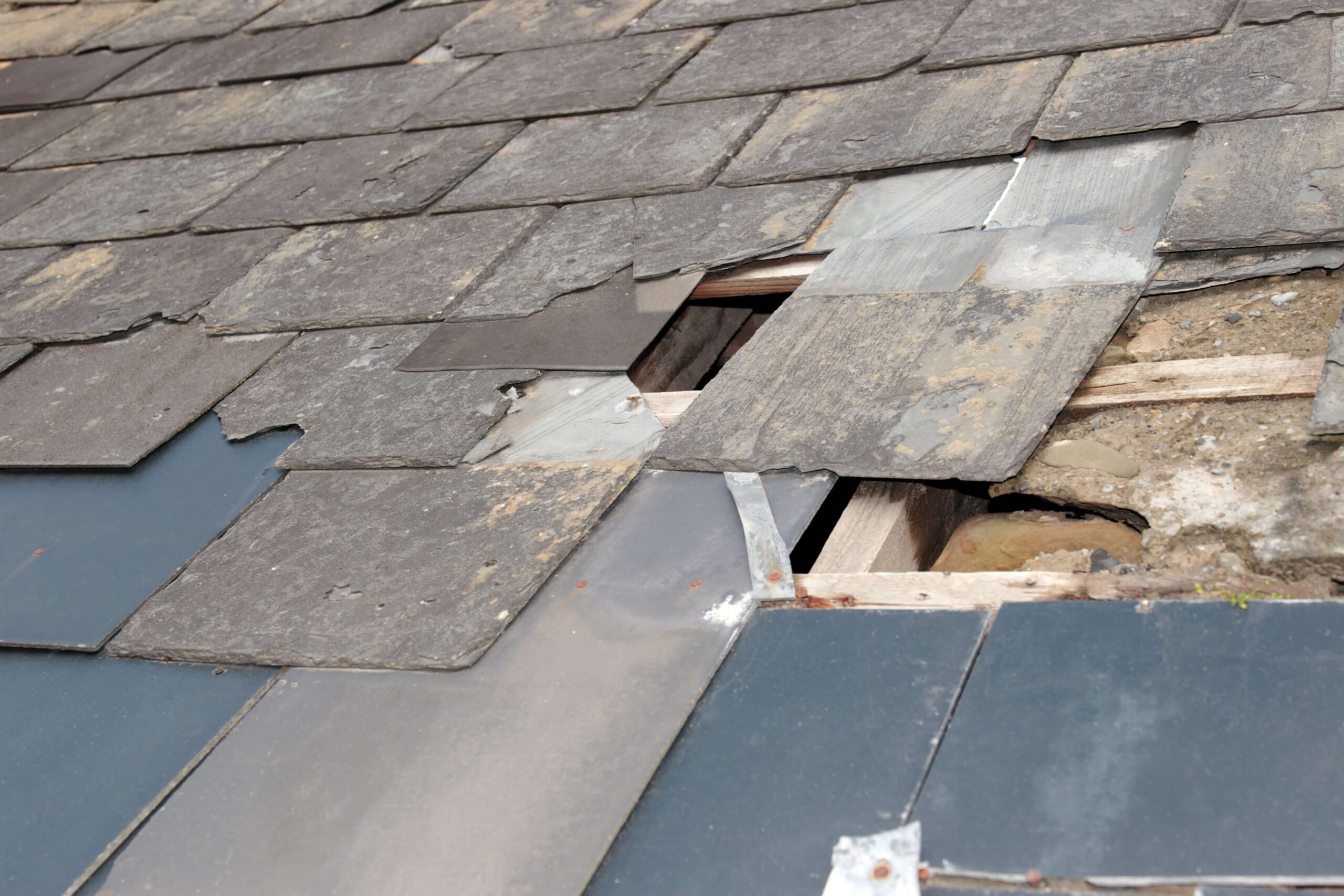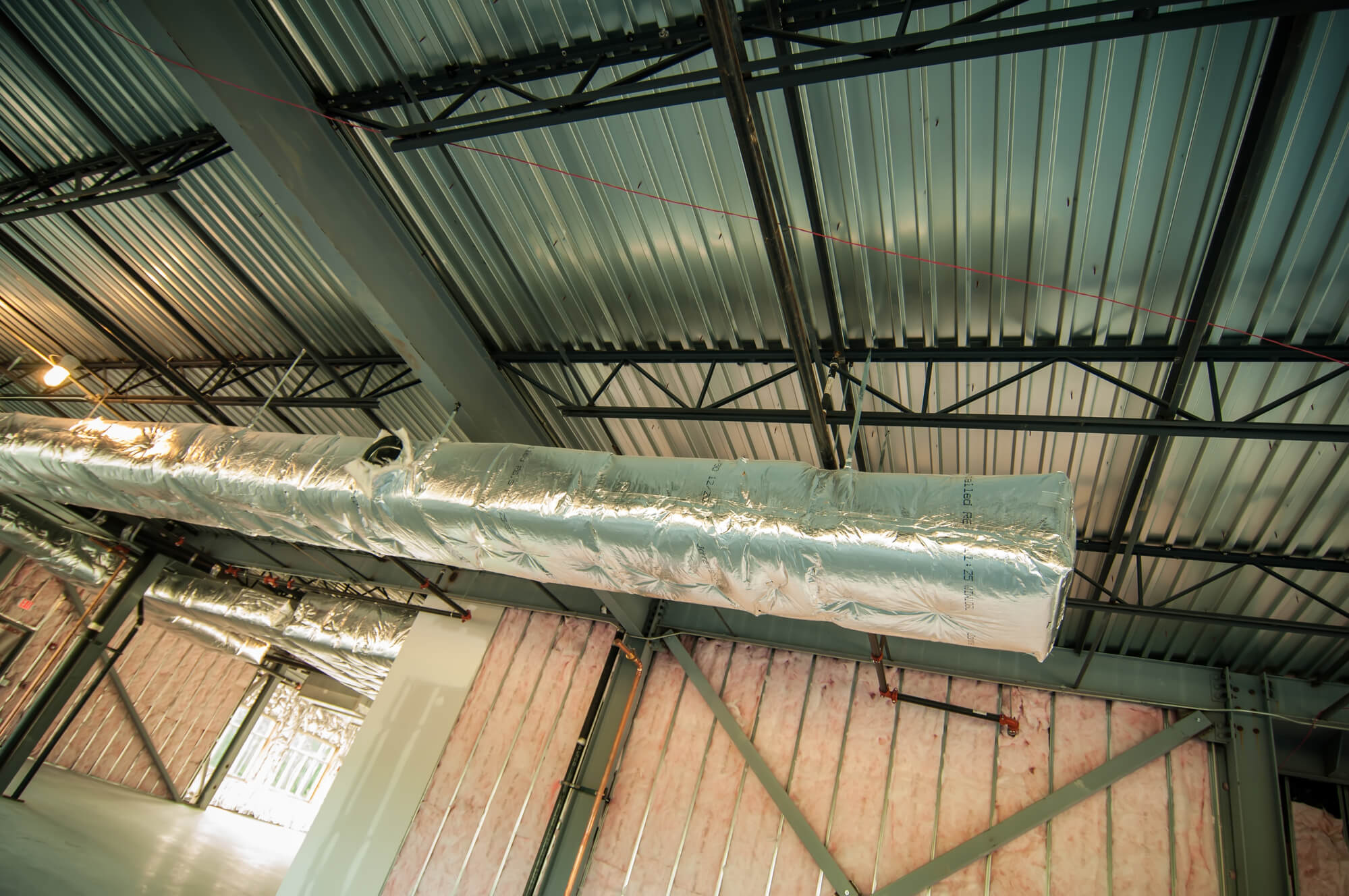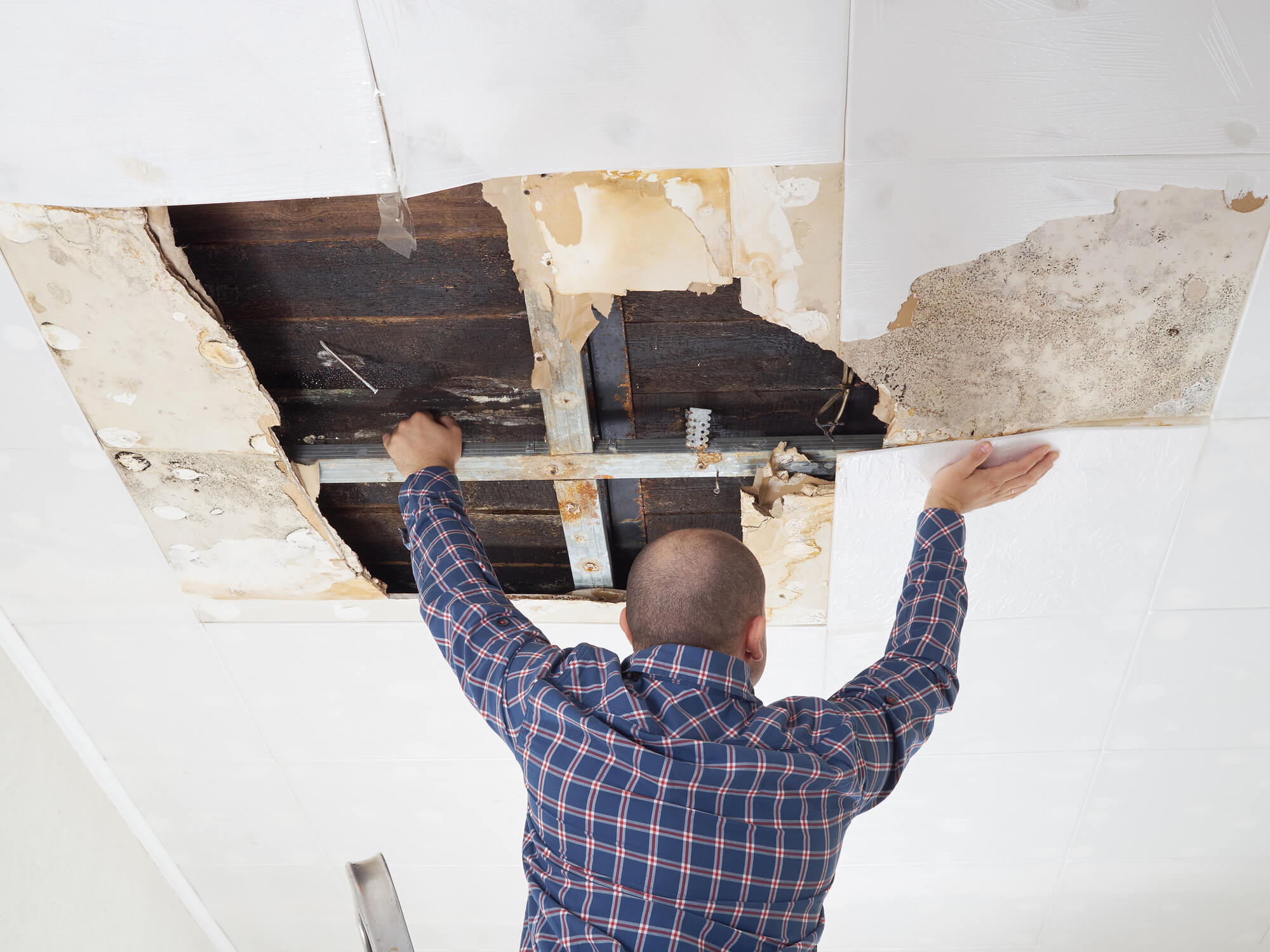June 30, 2024
Beyond Aesthetics: Combining Design and Functionality in Commercial Roofing
Many commercial property owners make the initial mistake of prioritizing aesthetics when
Quality roofing in storm-prone regions ensures the durability and longevity of commercial properties, particularly in high-risk areas like Florida and Texas. Commercial roofs in these states face unique challenges. However, these issues also present valuable opportunities for commercial building owners to improve their properties' storm resistance.
This article delves into the complexities of commercial roofing in Florida and Texas, focusing on the challenges that building owners encounter and the promising opportunities that arise from them.

Florida and Texas are no strangers to the devastating impact of storms, ranging from hurricanes to tornados. The geographical locations of these states make them susceptible to severe weather conditions, including high winds, heavy rainfall, and even flooding.
The vulnerability of Florida and Texas to storms goes beyond mere geographic proximity to large bodies of water. Florida has experienced more than double the number of hurricanes compared to its closest hurricane-prone counterpart, Texas.
Out of the 292 hurricanes that have left their mark on U.S. soil since 1851, an astounding 120 of these storms have chosen Florida as a destination for some form of landfall.
When severe weather events strike, commercial building roofing systems are subjected to a barrage of forces that expose underlying structural vulnerabilities.
The impact of high winds, coupled with the force of driving rain, can lead to the loosening of roofing components, compromising the system's overall integrity. Moreover, the force exerted on roofing materials during storms can detach shingles, tiles, or membrane layers, creating openings through which water can infiltrate.
Hurricanes and thunderstorms often culminate in excessive water accumulation on commercial roofs. This problem, caused by torrential downpours and insufficient drainage systems, can breach the water-resistant barriers of the roofing system. The subsequent water penetration through cracks and gaps can initiate a cascade of damaging effects.
Leaks can form, leading to interior water damage, the proliferation of mold, and the weakening of underlying structures. The slow infiltration of moisture can lead to hidden water damage that may not become evident until significant deterioration has occurred.
Weather events contribute to the gradual erosion of protective coatings that safeguard roofs from environmental degradation. Wind-driven debris, rain-borne particles, and relentless exposure to UV radiation wear down the outer layers of roofing materials over time. This erosion accelerates deterioration, rendering roofing components more susceptible to the elements.
The gradual weakening of protective coatings can hasten the need for repairs or replacements, making routine maintenance all the more imperative.
Weakened roofing materials, compromised water resistance, and eroded protective coatings collectively increase the vulnerability of the entire commercial building. As time goes on, accumulated damage can lead to structural failures, ranging from minor leaks to catastrophic roof collapses. These problems endanger the integrity of the building, disrupt business operations, and incur significant financial costs.
Weather-related stressors affect roofs and uncover existing problems in their design, materials, and installation. Elements like weak seams, poor flashing, and insufficient fastening become noticeable when they can't withstand the forces of nature. After a weather event, these weaknesses become evident, showing the importance of taking proactive steps to fix them.
Embracing resilient roof design offers a chance for commercial building owners to mitigate the impact of weather events. By incorporating proper roof slopes and efficient drainage systems, they can channel rainwater away from the roofing surface. This measure prevents the accumulation of stagnant water, a common precursor to leaks and structural damage.
Moreover, rainwater diversion mechanisms become instrumental in ensuring the roofing system remains resilient, even in torrential downpours.
The integration of impact-resistant materials into commercial roofing systems fortifies them against the potential damage caused by hail, flying debris, and other projectiles during weather events.
Impact-resistant membranes, tiles, or metal panels are designed to withstand external forces, minimizing the risk of perforation and subsequent water infiltration. Reinforcement through such materials enhances the system's ability to endure the rigors of storms, safeguarding the building's interior and assets.
Collaborating with professional roofing contractors proficient in storm-prone regions offers commercial building owners expert guidance.
Experienced contractors possess the knowledge to evaluate roofing systems through a lens that identifies vulnerabilities specific to storm events. Their insights encompass reinforcement strategies, tailored material selection, and proactive maintenance protocols that contribute to enhancing the system's resilience.
Professional roofing contractors bring their expertise to bear on regular inspections and timely repairs, establishing a system of care. Through routine inspections, they can identify minor issues that may otherwise go unnoticed. This proactive approach allows for the prevention of potential damage escalation during subsequent weather events.
Commercial building owners and managers have the opportunity to recognize the long-term cost-effectiveness of investing in quality roofing solutions. While the initial outlay for resilient roofing materials and technologies may be higher, the benefits outweigh the costs. These solutions reduce the need for frequent repairs, which can accumulate substantial costs over time.
Investing in resilient roofing solutions enhances the overall resilience of commercial properties against the forces of weather events. Such investments contribute to the building's ability to weather storms, ensuring business continuity and minimizing disruptions.
In addition, commercial properties equipped with robust roofing systems hold a competitive edge in the market, as stakeholders recognize the value of structures prepared to withstand the challenges of high-risk environments.

Strong winds generated by storms can transform seemingly innocuous objects into dangerous projectiles capable of causing significant damage to roofing systems. Commercial building owners mitigate potential risks by securing loose items such as signage, equipment, and outdoor furniture, minimizing the chances of external elements compromising the roofing system.
Overhanging branches and foliage can become dislodged by strong winds, posing a threat to roofing materials. By trimming trees and ensuring vegetation is well-maintained, commercial building owners create a buffer against potential impacts, safeguarding the roofing system's integrity.
Clogged drains and gutters can lead to water pooling, which increases the risk of leaks and structural damage. Regular inspection and clearing of drainage systems before storm season enhance water flow, preventing the formation of standing water on the roof and minimizing potential damage.
Implementing a comprehensive maintenance plan involves scheduling regular professional inspections, ideally conducted by experienced roofing contractors. These evaluations detect minor issues that might otherwise go unnoticed, allowing for proactive intervention.
By identifying vulnerabilities early on, commercial building owners can prevent the escalation of damage and address issues before they impact the integrity of the roofing system.
Coupled with scheduled inspections, timely repairs form a cornerstone of comprehensive maintenance plans. Addressing identified vulnerabilities and issues prevents their exacerbation during subsequent weather events.
Through the diligent implementation of repairs, commercial building owners and managers establish a defense mechanism that guards against storm-related damage, enhancing the roofing system's longevity.
Incorporating wind-resistant design principles can bolster roofing systems against the forces of storms. Integrating proper bracing, reinforcement, and anchor systems allows commercial building owners to create resilient structures capable of withstanding high winds.
Bracing refers to the strategic placement of diagonal or horizontal supports within the roofing structure. These braces act as stabilizers, distributing the forces exerted by wind more evenly across the entire roof. By incorporating bracing elements, the roofing system gains greater rigidity, preventing excessive movement that could lead to damage during storms.
Reinforcement involves adding supplementary materials or strengthening existing components to enhance the overall robustness of the roofing structure. This measure can include reinforcing beams, trusses, and rafters with additional materials or configuring them in ways that better distribute wind forces. Reinforced elements offer greater resistance against the bending and flexing that strong winds induce, maintaining the roof's structural integrity.
Anchor systems consist of secure attachments that fasten the roofing components to the underlying building structure. These systems prevent the lifting and dislodging of roofing materials caused by uplift forces during storms. Anchors can be placed at key points to ensure the roof remains firmly connected to the building, even in the face of powerful winds.

For comprehensive commercial roofing services, including installation, maintenance, and repair, look no further than Blue Team. Our expert team is dedicated to ensuring the resilience and longevity of your roofing systems.
Clients can also experience seamless project management through the Blue Team app, designed for risk and asset managers, portfolio owners and operators, and third-party representatives. You can easily track projects in real time, including incurred costs to date.
Contact us today or book a quote to enhance your roofing's durability and protect your investments.